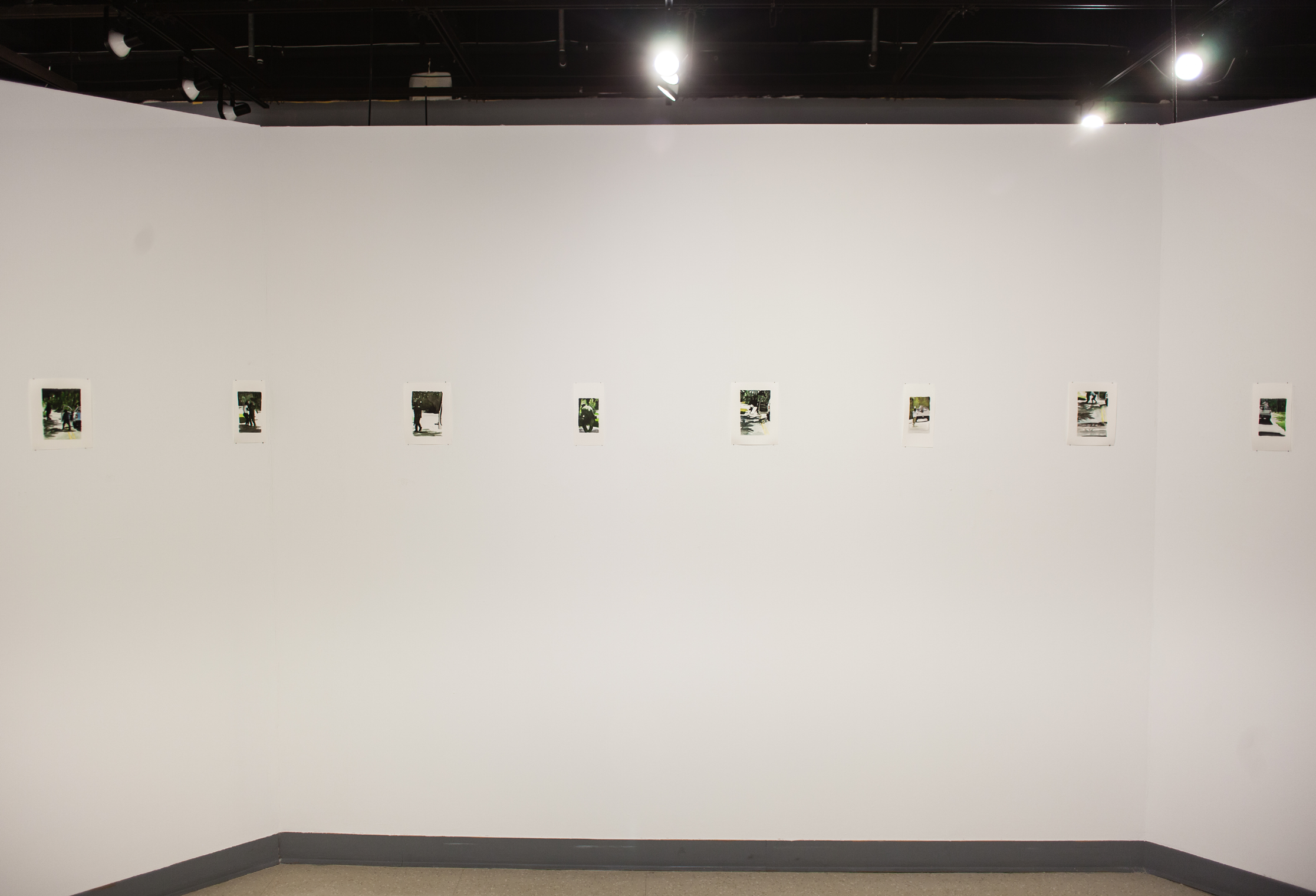James “Yaya” Hough is a visual artist based in Pittsburgh, PA. While incarcerated as a juvenile lifer, Hough used his time in prison to educate himself, create artwork, mentor other artists, and collaborate with his peers. His deep self-reflection and creative process served as a means to both reveal and resist the punitive and unforgiving way the system negatively impacts people in prison.
Since 2006 in prison, Hough has worked as a muralist with the Philadelphia Mural Arts Program at State Correctional Institution (SCI) Graterford. He completed over fifty projects through the program at SCI Graterford and SCI Phoenix. As a working member of Mural Arts, he was involved in Decarcerate PA! and Project LifeLines because he wanted to be part of changing the prison system in Pennsylvania and abolishing Life Without Parole, especially for lifers deserving a second chance. In the summer of 2020, Hough was released from prison.
Since receiving his Right of Return Fellowship in 2020, he has gone on to receive a residency with the District Attorney’s Office of Philadelphia, a ReImagining ReEntry Fellowship with Mural Arts, an Art for Justice Fund Fellowship, and a public sculpture commission at Battery Park. His work has also been shown at the African American Museum of Philadelphia, MoMA PS1 and the 2022 Carnegie International. His work is in the permanent collections of the Blanton Museum, Brooklyn Museum, and Carnegie Museum. He is represented by JTT Gallery in New York.



